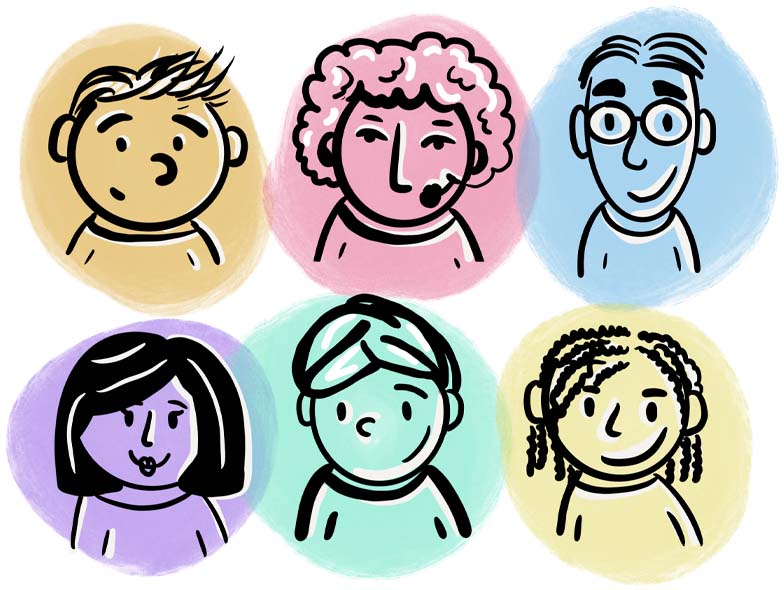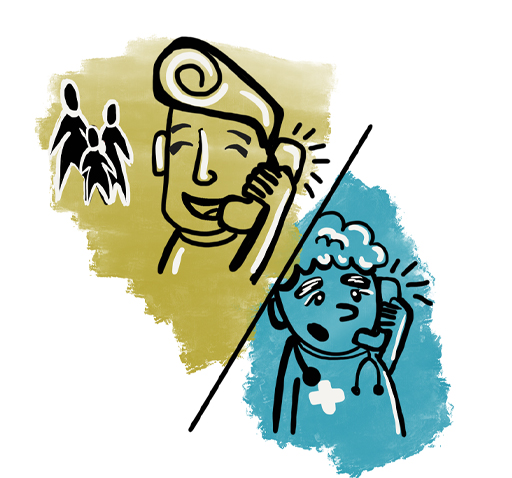1.1 Way forward
Having looked at the size of the problem and some of the contributory factors of ineffective pain management, let’s look at some ways forward. A study by Vasey et al (2019) which included parents (n=41), children (n=30) and nurses (n=11) found that the involvement of parents can improve the child’s pain experience, as well as reduce parental anxiety and increase parents’ satisfaction in care. Nurses in the study had good intentions to involve parents in pain management, but in practice did not always do so. This finding is supported by other studies that found even when parents attempt to be involved and advocate for their child’s pain care, a lack of communication and information provision and poor negotiation of roles can result in missed opportunities for nurses to work in partnership with parents (Vasey et al 2019; Carter et al 2017; 2016).
In a recent publication Chabot and Ferlanda (2020) who reviewed 10 studies on children’s pain found nurses need to provide parents with more information such as analgesia use. Parents are keen to be involved in their child’s pain management and have been found to use pain relief strategies when nurses share them (Chng et al 2015; Lim et al 2012). However, when their child is in pain parents either hesitate or delay in asking for help from nurses (Valizadeh 2016) but to date there is little evidence of nurses proactively engaging parents in managing their children’s pain whilst in hospital. There is no apparent explanation for this lack of engagement in the literature. Although a study by Twycross (2013) found that nurses may not take as active a role as they could do in managing children’s pain, seeing it as the parents and child’s responsibility to inform them when they are experiencing pain.
One obstacle for some parents, in approaching a nurse, is the belief that they are too busy already, or that they know their child is in pain and there is nothing that can be done about it. Parents may not know how to ask for more pain relief, and may need some support and guidance, even encouragement, to do so
The need for better communication and information to enable parents to effectively participate in managing their child’s post-operative pain, have been identified by Zhu et al (2018) as necessary to involve parents in the management of their child’s pain. Where parents (and children) are given information on pain management, studies have shown that this results in satisfaction with care (Twycross and Finlay 2013).

